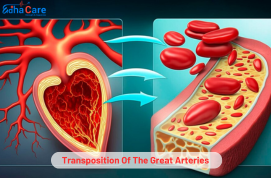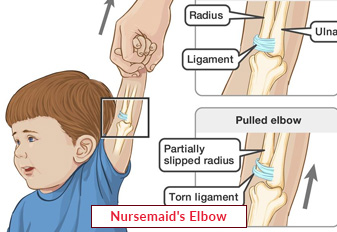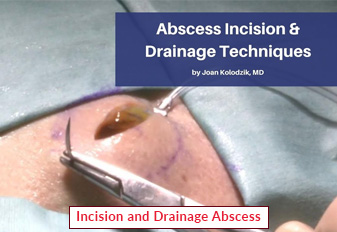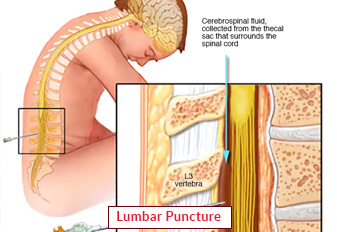Transposition Of The Great Arteries

A congenital cardiac condition known as transposition of the great arteries (TGA) occurs when the aorta and the pulmonary artery, both of the major arteries that leave the chambers of the heart, are positioned differently. As a result, blood deficient in oxygen returns to the body while blood rich in oxygen returns to the lung tissue, severely depriving the body of oxygen. TGA is typically detected by prenatal ultrasounds either during or soon after delivery. It can cause serious issues and even death if left untreated. In order to restore the coronary arteries to their right placements, treatment typically entails corrective surgery during the first few weeks of life. Although the defect can be fixed through surgery, lifelong follow-up care is frequently needed to evaluate the heart's function and manage any possible consequences.
Book an AppointmentAbout Transposition Of The Great Arteries
Symptoms: TGA presents with cyanosis, or bluish skin discoloration, fast capable of breathing, and difficulty consuming food. These signs and symptoms are brought on by the aorta and pulmonary artery's incorrect alignment, which results in insufficient blood oxygenation.
Causes: An incorrect connection between the pulmonary arteries and the aorta occurs during fetal development, resulting in Transposition Of The Great Arteries (TGA), a congenital heart abnormality. Although the precise etiology is uncertain, environmental and genetic factors are believed to be implicated.
Treatments: Corrective surgery is the mainstay of treatment for Transposition Of The Great Arteries TGA, and it typically gets carried out soon after birth. Repositioning the aorta and pulmonary artery is part of this procedure, which aims to increase oxygenation and return the circulation of blood to normal. It needs lifetime surveillance and follow-up care to manage Transposition Of The Great Arteries (TGA) and manage any possible consequences.
Procedure of Transposition Of The Great Arteries
Preoperative Evaluation: To ascertain the degree of the anomaly and design the surgical strategy, the patient is put through an extensive examination involving imaging scans and cardiac tests.
anesthetic: To guarantee the patient's comfort and immobilization during the surgery, a general anesthetic is administered.
Surgical Incision: To reach the heart's chambers and surrounding structures, an incision for surgery is created in the chest. The method of surgery that the heart surgeon chooses will determine the precise position and extent of the incisions.
Cardiopulmonary Bypass: The patient is connected to a heart-lung bypass machine, which temporarily takes over the function of the heart and lungs. This allows the surgeon to operate on the heart while keeping blood circulation and oxygenation maintained.
Arterial Switch Operation: The surgeon carefully disconnects and repositions the pulmonary artery and the aorta to restore their proper alignment. This procedure effectively corrects the abnormal blood flow pattern seen in TGA.
Closure: After repositioning the arteries, the surgeon closes the incisions in the chest and gradually weans the patient off the cardiopulmonary bypass machine.
Postoperative Care: The patient is closely monitored in the intensive care unit (ICU) or cardiac recovery unit following surgery. Pain management, ventilation support, and medication administration are provided as needed. The medical team assesses the patient's recovery and addresses any complications that may arise. Regular follow-up appointments are scheduled to monitor the patient's progress and ensure optimal outcomes.
Require Assistance?
Get A Quick Callback From Our Healthcare Experts
Other Specilities We Cover

Nursemaid's Elbow Treatment

Incision and Drainage Abscess




